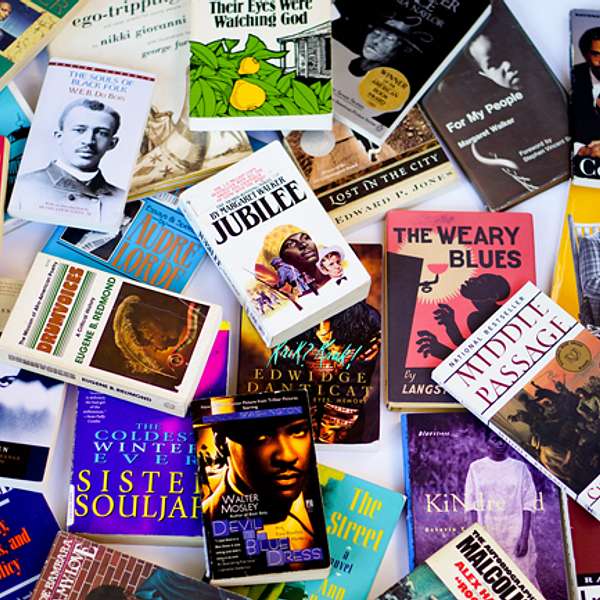
Remarkable Receptions
A podcast about popular and critical responses to African American novels, artistic productions, and more.
Remarkable Receptions
Andrew Theising's East St. Louis Postcards -- ep. by Howard Rambsy II
A brief take on Andrew Theising’s collection of East St. Louis postcards, now a vital visual archive of the city’s history.
Script by Howard Rambsy II
Read by Kassandra Timm
In the early 1990s, Andrew Theising began research on a project to highlight the histories of East St. Louis. He was having trouble finding historical material related to his subject. By the mid-1990s, he found a solution to his problem. He began purchasing East St. Louis artifacts on a then new web-site called eBay.
Theising collected maps, old photographs, books, city documents, and postcards. He kept on collecting postcards. And more postcards. Before long, he had amassed one of the most expansive collections of East St. Louis postcards that we know of.
You’re listening to Remarkable Receptions – a podcast about critical and popular receptions to artistic productions and more.
In 2003, after years of research, Andrew Theising published his book, Made in USA: East St. Louis. He then donated his various historical artifacts on East St. Louis to Lovejoy Library at Southern Illinois University Edwardsville. The artifacts constitute what is now known as the Andrew J. Theising Research Collection, and among a diverse assortment of items, the collection contains more than 300 postcards focusing on East St. Louis.
Theising spent 10 years and about $10,000 gathering the materials that comprise the Collection.
In the process of building the collection of East St. Louis postcards, Professor Theising concentrated on images of schools, downtown scenes, bridges, churches, and parks.
The images of parks are his favorite. He realized that even images of the same park were different as the landscapes and setups changed. He wanted to understand the different ways that diverse East St. Louis citizens used the parks, and the postcards helped him do this.
Although, at one time, the parks were segregated along racial lines between Black and white people, they were not segregated based on ethnicities. So groups of Germans and Irish people interacted at East St. Louis parks and so did Black people from a variety of different socioeconomic backgrounds.
Theising organized the collection of postcards based on neighborhoods. The downtown cards together. Churches and schools from the same areas are together. He organized the images by neighborhood because he assumed that people would search for items geographically.
The postcards in the Theising Collection constitute a remarkable visual history of the city from the early decades of the 20th century. Taken together, the postcards offer rarely seen views of East St. Louis parks, churches, schools, and other buildings.
******************************************
This episode is based on an interview with Andrew Theising. The episode was written by Howard Rambsy and edited by Elizabeth Cali.
******************************************
This podcast, Remarkable Receptions, is part of the Black Literature Network, a joint project from African American literary studies at Southern Illinois University Edwardsville and the History of Black Writing at the University of Kansas. The project was made possible by the generous support of the Mellon Foundation. For more information, visit blacklitnetwork.org.